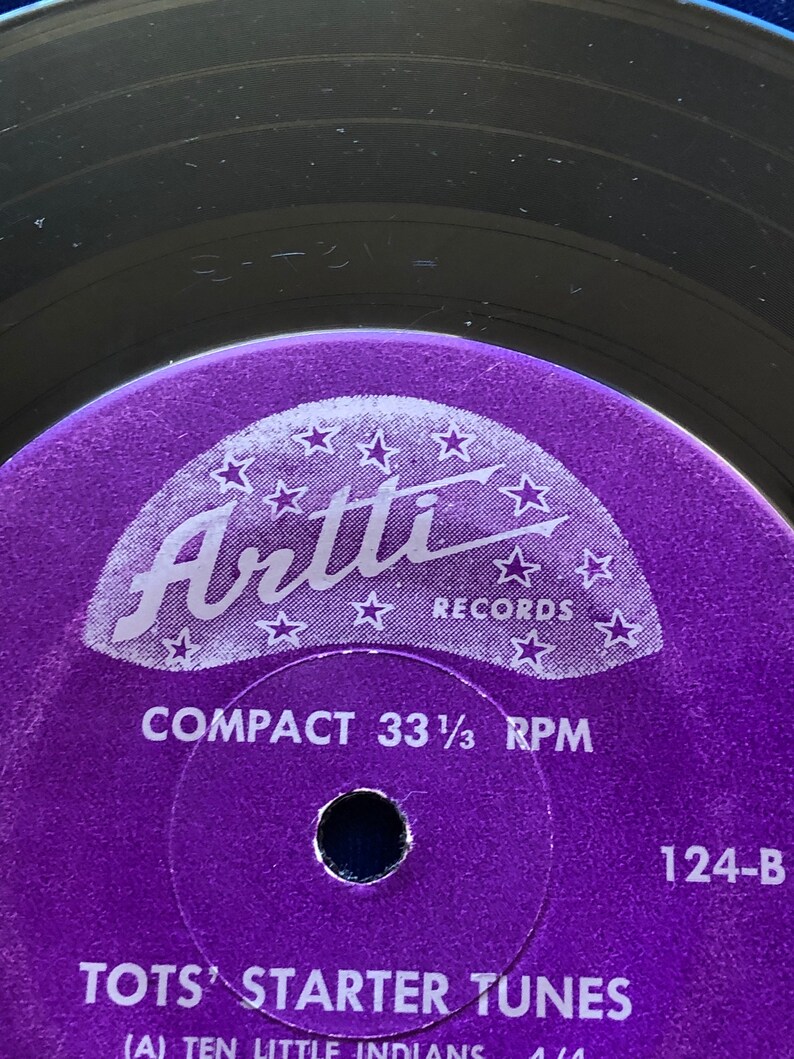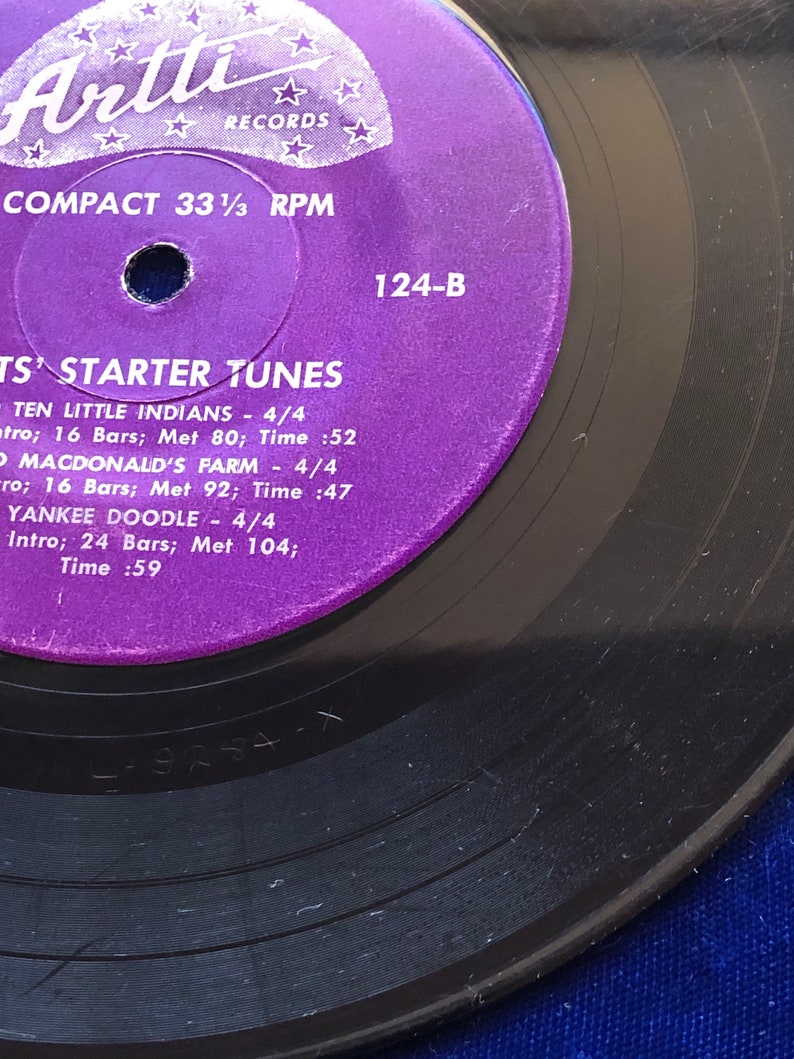

The 45s are typically 7 inches, but 78s and 33s can be either 10 or 12 inches. The size is the most notable difference in the performance of 78 shellac records and 33 or 45 vinyl records. Shellac Records vs Vinyl Records Performance Records were brittle, so they shattered if dropped.With only a few minutes of music per side, most 78 records were limited to singles.The records collect dust easily in the large grooves.The sound quality on these records is not optimal, so pops and clicks are heard in the recording.Cutting the shellac to record the music is simple.Music is unaltered from the original recording.These records are made of nearly scratch-resistant material.The shellac material prevents the records from warping.Having the proper cartridge alignment minimizes the amount of downtime when switching between different types of records. The Sumiko RS 78 will track the grooves as intended and reduce the chance of damaging your record collection. When looking for a record player that plays 78s, 33s, and 45s, get one with a cartridge with a replaceable stylus. Since these records were designed to be played on gramophones, the grooves in the records are much larger and thus need a larger needle to play the music. Once the pulley is switched, the turntable will spin at the speed of 78 revolutions per minute.Īnother issue that you need to worry about when playing a 78 RPM record is the stylus you are using. You’ll need to have a 78 rpm adapter kit that allows you to swap pulleys in the player. Today, most record players are no longer set to a specific RPM speed, but since 78s are no longer in production, playing 78s on this type of turntable may be difficult.

There are record players specifically designed to play 78s if that is the only type of record in your collection. The turntable needs to be able to spin at the proper speed to create 78 revolutions per minute. Not all turntables are capable of playing 78 records. Vinyl records were often the choice of consumers regardless of whether they were listening to modern or classical music. 45s were then invented to fit inside jukeboxes because they take up less space and hold more music than the 78s.Įven though the magnetic tape was invented in the 60s, it took almost 20 years for them to catch up to and overtake the sale of records.

These records were also the first to have microgrooves, which are grooves that are four times smaller than what you’d find in the 78s. Also known as 33s, these could hold about 60 minutes of music, which means that an entire album could be listened to without switching discs. Vinyl LP or long-playing records came along in 1948. These discs were also more rigid, so dropping them often resulted in a shattered disc. The material was also heavier, with high mineral content that made surface noise when the styli played the record. Shellac also resists moisture, so this new record type was straightforward to store. This new material can easily be scratched, which means that cutting the grooves to create music was simple. The resin is combined with alcohol, which dissolves it, and is reformed into shellac. This material is created with a natural resin that the female lac bugs leave behind on trees. These first records were made out of shellac. This limited the number of songs that could be recorded per side to one or two. Since 78s were typically 10- to 12-inch records, they only had the ability to record about three to five minutes of music per side. In 1910, 78 RPM started to be considered the standard speed for phonograph records. At first, the size and the speed of the discs had quite a bit of range. These records were the next generation of the cylindrical records that Thomas Edison used to first record his voice. Stepping back to 1890, Emile Berliner created a gramophone that could record and play music on flat discs. RPM means revolutions per minute during playback and tells you how fast the record spins.ħ8s are the original record, but what makes them so different from the 33 or 45 RPM vinyl records? Let’s take a closer look at the history of these disc records and how they were used to create most sound recordings. Throughout history, there were once only 78s, aka 78 RPM records, but now we more commonly see 33s and 45s. As record collectors, we know 78 RPM discs are different than others.


 0 kommentar(er)
0 kommentar(er)
